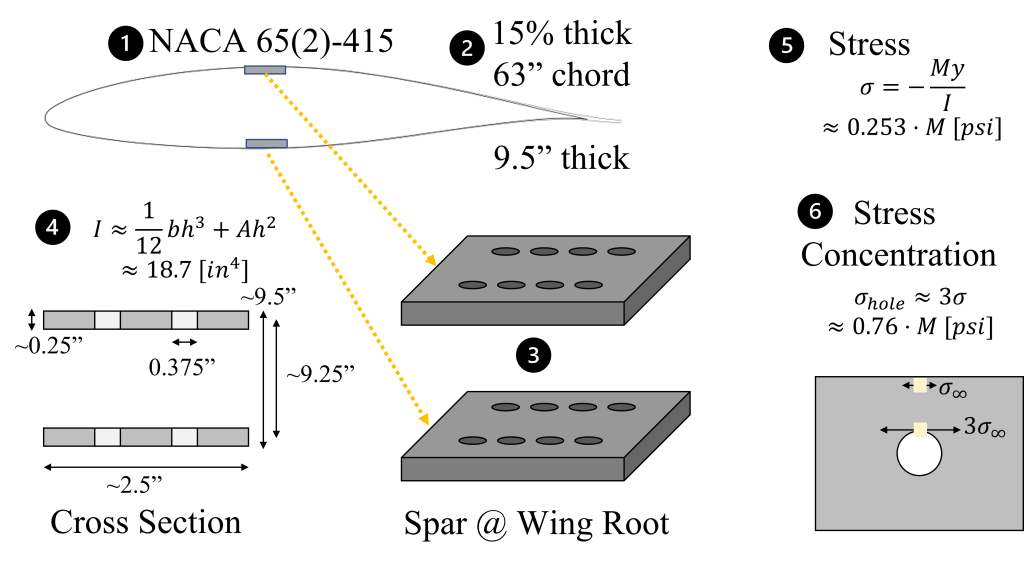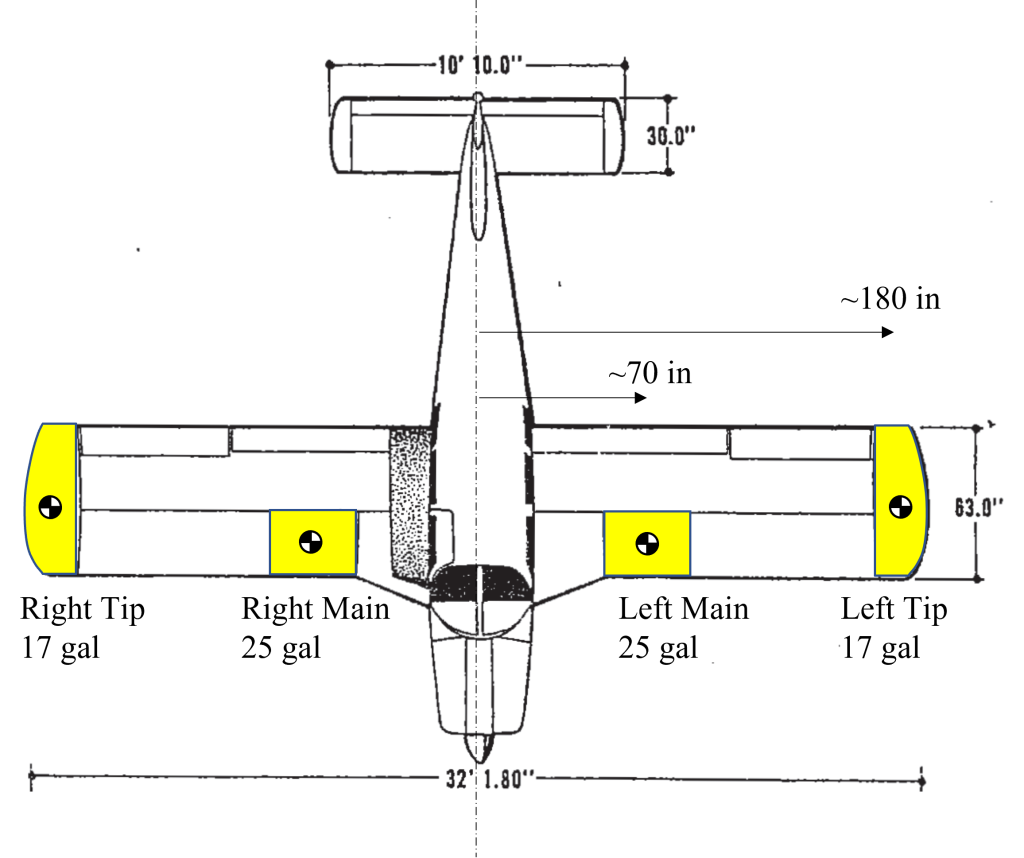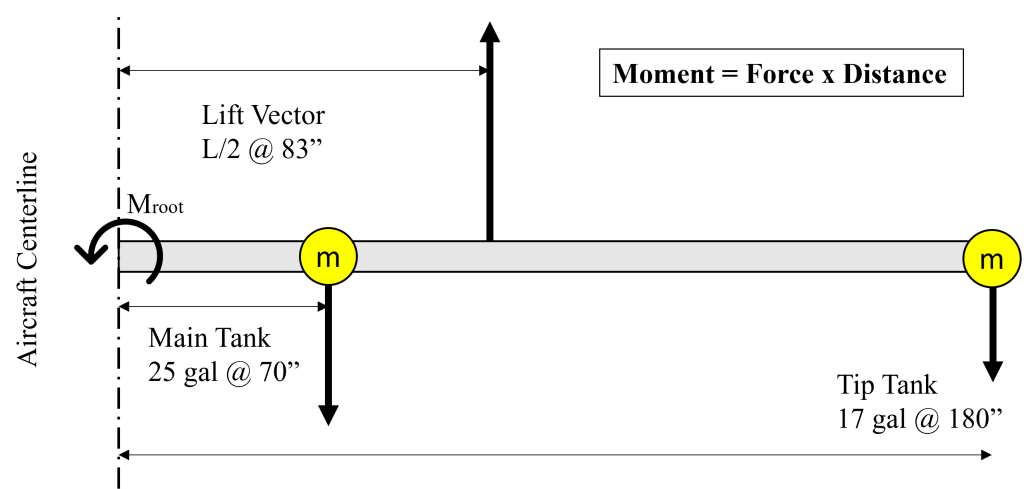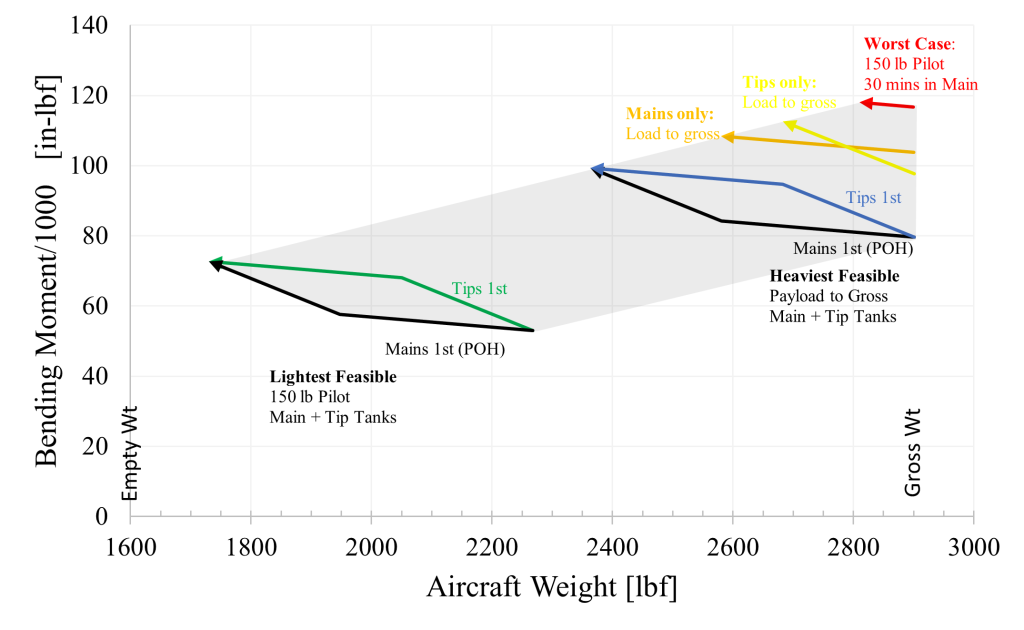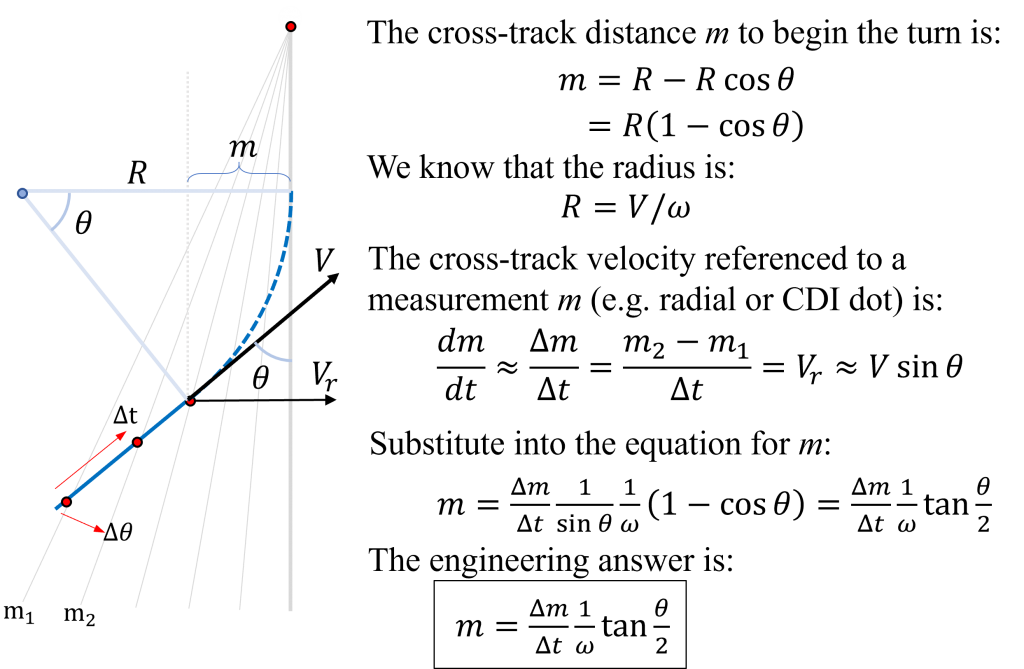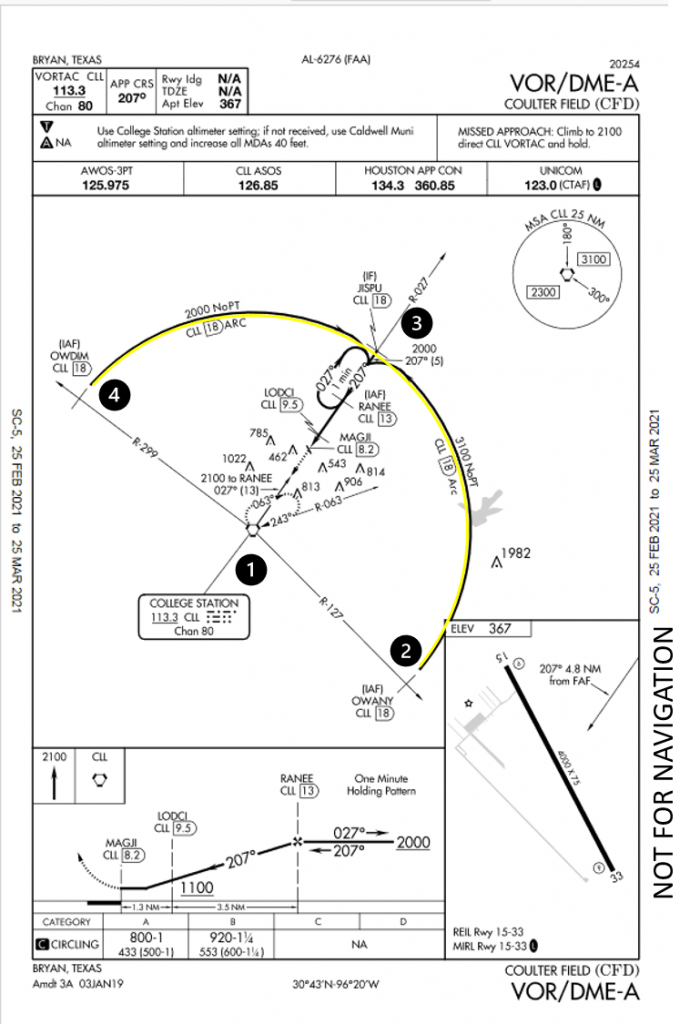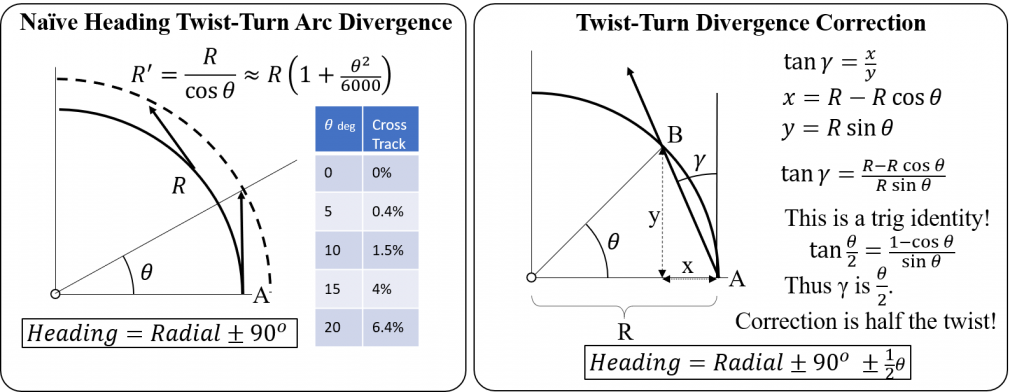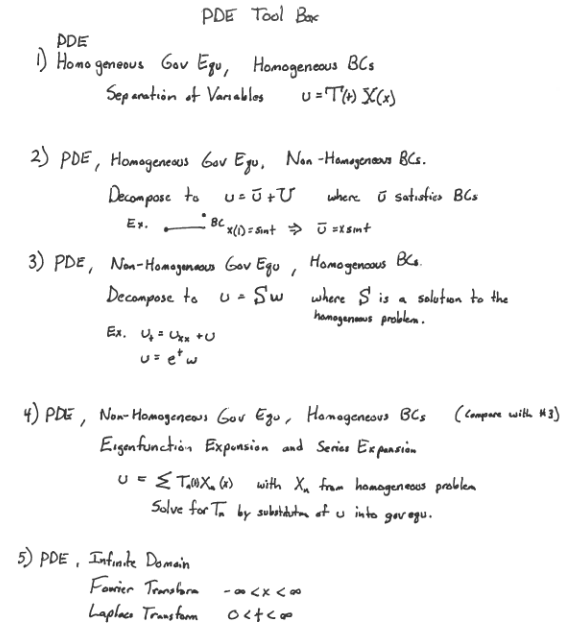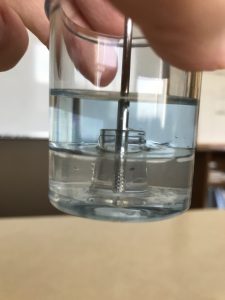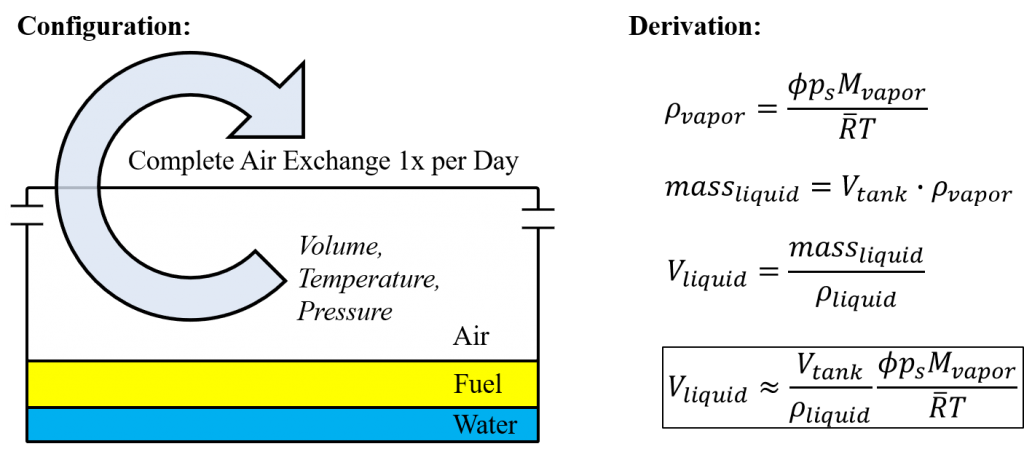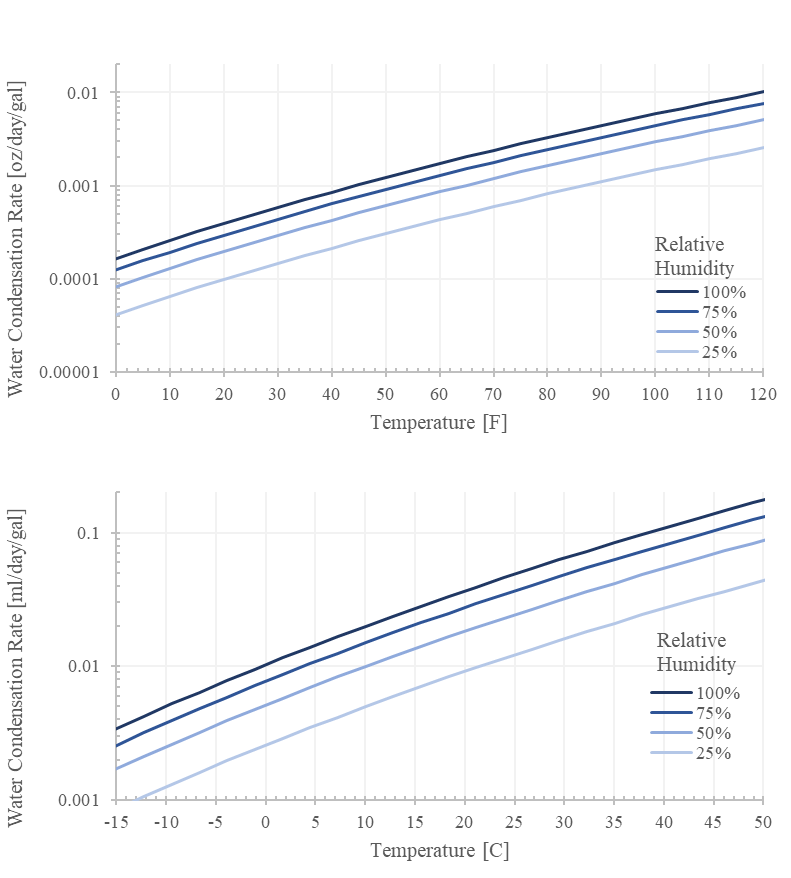These and more questions are investigated in this note, as I channel my inner Professor O’Neill as inquisitor in a digital oral defense. My notes are added as <comments>.
Oral exam portion
I asked ChatGPT to explain drag. This isn’t terribly wrong until the induced drag discussion.
Q: "Explain aerodynamic drag from a technical point of view" Aerodynamic drag is the force that opposes an aircraft's motion through the air. It is caused by the difference in pressure between the front and rear of an aircraft, as well as the friction of the air molecules against the surface of the aircraft. It can be broken down into two main components: parasitic drag and induced drag. <Good> Parasitic drag is caused by friction of air molecules against the surface of the aircraft, and includes skin friction and form drag. Skin friction is caused by the friction of air molecules against the surface of the aircraft, while form drag is caused by the shape of the aircraft. Induced drag is caused by the production of lift by the aircraft's wing. As the wing generates lift, it also generates a swirling wake of air behind it, which creates a low pressure area. This low pressure area pulls the tail of the aircraft backwards <Totally wrong>, creating drag.
I would say that this discussion is no worse than most undergraduates who have not taken an aerodynamics course. ChatGPT needs to study Low Speed Aerodynamics, available here. Induced drag is caused by the production of lift and does create a swirling wake of air that convects downstream. The wake is not necessarily a low pressure area, so ChatGPT is not correct. The following statement about pulling the tail backwards is completely nuts; induced drag is not conceptually applied at the aircraft tail.
Continue reading
